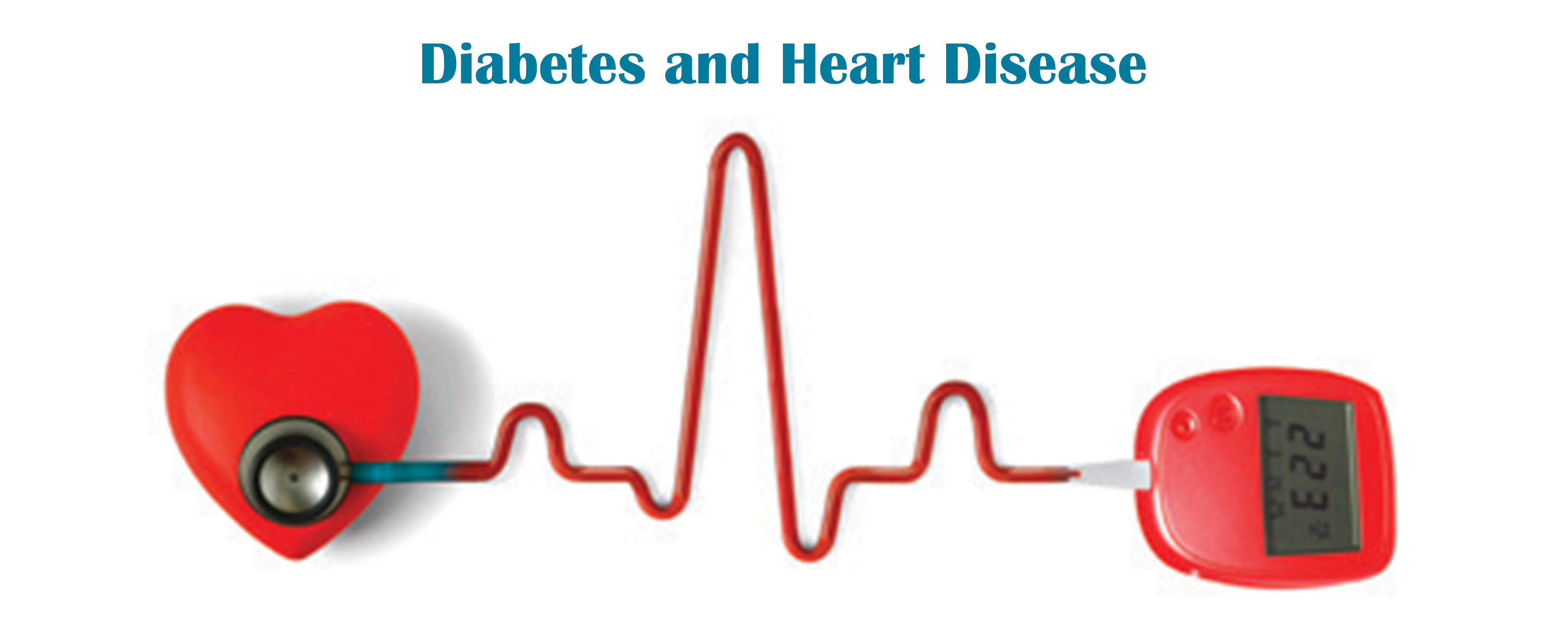You know you should do it. And you know why: Exercising — simply put, moving instead of sitting — is critical for safeguarding your health and setting a good example for your kids. So why does it seem so hard to get yourself moving?
The truth is: You can. But knowing how and why to exercise isn’t enough. You need to develop the right mind-set to get and stay motivated.
“Change is hard!” says certified health behavior coach Shelly Hoefs, fitness supervisor at the Mutch Women’s Center for Health Enrichment in Sioux Falls, S.D. “When we try to start exercising, we think of all the excuses for not doing it and all the things that have gotten in the way before. Getting fit starts to seem overwhelming. And that makes it feel stressful. Before long, we don’t want to do it anymore.”
Here are five steps to get you moving in the right direction — and keep you going.
1. Find Personal Motivation to Exercise
What you need to get you up off the couch is a reason that’s important to you. At first, that may be some external factor, says Cal Hanson, director of the Sanford Wellness Center in Sioux Falls, S.D. It could be a number on the scale that surprises you or your doctor’s recommendation that you need to move more to stay healthy.
There are all kinds of benefits to getting fit. Which matters most to you? Something as simple as taking a walk after dinner every night helps to:
control your weight
strengthen your bones
enhance your muscles
reduce your risk for heart disease, type 2 diabetes, and some types of cancer
Plus, by becoming active, you’re being a good role model for your children.
These benefits may get you started, but they may not cut it when it comes to keeping you moving day after day, Hanson says. To keep up your motivation to exercise over time, you also need to find your internal motivators. Maybe taking a yoga class leaves you feeling more energized or less stressed. Maybe a run or walk every day helps you let go of stress. Hanson says these are the kind of rewards that are meaningful to you on a personal level and that can help keep you motivated.
2. Set Realistic Goals to Get Fit
CDC guidelines call for adults to do 2 1/2 hours of moderate-intensity aerobic exercise a week. That’s a 30-minute walk five days a week. If you kick it up a notch — jogging or running, for example – it can be 15 minutes a day, five days a week.
You can aim for these exercise guidelines, but don’t try to meet them at the start. “People lose their motivation to exercise when they try to do too much too soon,” says Hanson.
So instead of walking for 30 minutes a day right off the bat, start out doing 15 minutes a day, two or three days a week.
Set weekly goals, gradually adding more time and intensity. At the end of each week, take a look at how you did. If you reached your goal, celebrate! “And if you didn’t reach your goal,” Hanson says, “think about what went wrong and how you’re going to respond differently next time.”
3. Stop Thinking of It as Exercise — Do Something You Enjoy
You don’t have to go to the gym to get a good workout. It’s all about moving more — however you do it. For some people, going to the gym provides structure that helps them focus and a sense of accomplishment when they’re done. For others, it’s a chore — one they wind up avoiding as often as they can.
What else can you do? Almost anything that gets you — and your family — moving:
Walk the dog, or walk a neighbor’s dog. They’ll be grateful for the help!
Have dance contests with the kids instead of watching TV.
Go to the park and play hide-and-seek.
Shoot hoops with the kids.
Walk or bike to the store instead of driving, or park far away from the entrance.
Get off the train a stop early and walk the rest of the way to your office.
If you think about it, you’re surrounded by opportunities to get more active. Find the ones that you get excited about. You’re more likely to keep doing them if you’re having fun.
4. Plan How to Fit Exercise Into a Hectic Schedule
For busy parents, a major obstacle to getting fit is lack of time. If you wait for time to open up, chances are you won’t be able to squeeze in a walk or a dance class very often. To avoid getting sidetracked by the daily demands of life, try these tips:
“Sit down with your schedule and really carve out blocks of time,” says psychologist Susan Bartell, PsyD, author of Dr. Susan’s Fit and Fun Family Action Plan. Put it in your calendar like any other appointment.
Add physical activity to things you already do. For example, pedal a stationary bike while reading or watching TV. Or take a walk with a friend to catch up instead of calling each other on the phone.
Plan activities you can do with your kids, such as going for bike rides or skating. Not only will you find more time for fitness, you’ll help inspire your kids to move more.
If you plan ahead for potholes on the road to fitness, you’re more likely to stay on course, Bartell says. “When you think through solutions to problems in advance, you’re less likely to give up when a pothole comes along.”
5. Bounce Back From Setbacks
You’ve set a reasonable fitness goal. You’ve prepared for potential problems. Yet somehow you still didn’t make it to the gym today as you had planned. Don’t let that be your downfall.
“For many people, this is a slippery slope,” Hanson says. “It reminds them of times when they failed before, and they begin to think of themselves as exercise failures.”
When this happens, it’s time for an attitude adjustment so you don’t completely lose your motivation to exercise. If you miss the gym on Monday, that doesn’t mean your whole week is shot, Hanson says. It simply means you need to hit the gym on Tuesday or take the dog for an extra-long walk tonight.
Knowing how to exercise isn’t just a matter of learning how to use your body to hold a yoga pose or swing a racquet. It also involves learning how to use your mind to propel yourself into action and stick with a fitness routine.
“Start thinking of yourself as someone who exercises,” says Hoefs. “Eventually, that will become your identity.”










